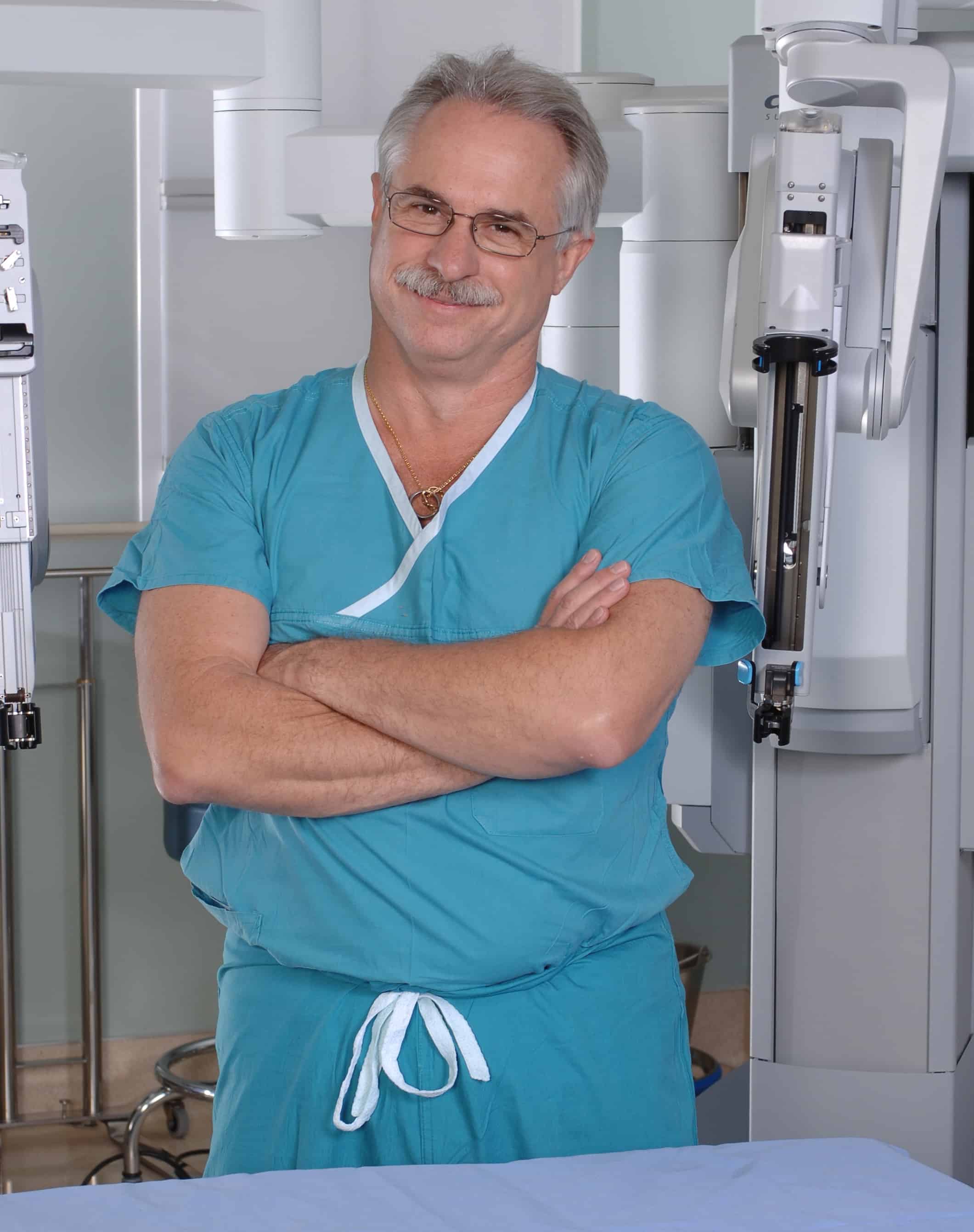A few months ago, one of those silly Facebook surveys asked me to name the ten most influential books in my life. One of the ten was a slim volume by Sir Zachary Cope entitled ‘Early Diagnosis of the Acute Abdomen.’ It is the surgeon’s Bible when it comes to examining the abdomen. With a clear understanding of the principles outlined in the book, an astute surgeon can evaluate a patient in a few minutes and come to a diagnosis of the cause of the patient’s abdominal pain with a 70% to 85% confidence level. Further testing can then refine that to near 100%.
A few simple questions about the patient’s pain are the key. When did it start? Was the onset sudden or gradual? Where is it located? Does it move? What is the nature of the pain? Burning? Sharp or stabbing? Dull or aching? Cramping? What makes the pain worse or better? Associated symptoms like nausea, vomiting, diarrhea, fever, sweating?
“Maybe I’m too curmudgeonly, or just a dinosaur, but since when was an x-ray a substitute for a careful history and physical exam?”
Simple lab and x-ray tests add more information—a Complete Blood Count, Liver function assay, and enzyme tests for pancreatic enzymes plus a plain upright abdominal x-ray may be all that are needed.
Armed with this basic information, an experienced surgeon can diagnose the cause of the pain 90% to 95% of the time. Fancier, more expensive studies such as CT scans, ultrasound, and the like may occasionally be needed to nail down a diagnosis, but should not be the first tests ordered.
I think I’m going to buy a hundred copies of the little book and distribute them to emergency rooms all over my city. The current diagnostic test of choice for abdominal pain, any abdominal pain, seems to be a CT with contrast. I understand the reason. The doctor gets immediate feedback without the need to think very hard, and the patient gets the reassurance of a high tech test. That doesn’t make it right. There are cost issues and, although I tend to pooh-pooh it, issues of radiation exposure. And there’s the bigger issue of professionalism.
Maybe I’m too curmudgeonly, or just a dinosaur, but since when was an x-ray a substitute for a careful history and physical exam? I am often called to see a patient for abdominal pain and an “abnormal CT’ only to find clear evidence that no one has even looked at the abdomen. I would not have the temerity to compare myself to Ochsner or Halsted or Gross, the gurus of physical diagnosis from the beginning of the last century, but I am dismayed at how far we have strayed from their teachings. Some of my younger colleagues would have a hard time finding their ass with both hands without a CT scan. And whatever the radiologist reports on his reading of the scan is taken as Gospel, even if only mentioned as part of a differential diagnosis, and a simple assessment of the physical findings would rule it out.
What is lacking, and getting harder to find, is the direct bedside evaluation of the physical signs and symptoms, the hands-on exam, and the gestalt assessment that comes from experience. Experience comes from doing the exam over and over and correlating it with the findings at surgery. But if you don’t do the exam in the first place and count on technology to do the work for you, you don’t learn.
Bruce Davis, MD, is a Mesa AZ based general and trauma surgeon. He finished medical school at the University of Illinois College of Medicine in Chicago way back in the 1970’s and did his surgical residency at Bethesda Naval Hospital. After 14 years on active duty that included overseas duty with the Seabees, time on large grey boats and a tour with the Marines during the First Gulf War, he went into private practice near Phoenix. He is part of that dying breed of dinosaurs, the solo general surgeon. He also is a writer of science fiction novels. His works include the YA novel Queen Mab Courtesy, published by CWG press (and recently reissued by AKW Books as the e-book Blanktown). Also published through AKW Books are his military science fiction novel That Which Is Human and the Profit Logbook series, including Glowgems For Profit and Thieves Profit.
The Website: www.thatwhichishuman.com
The Blog: www.dancingintheor.wordpress.com


